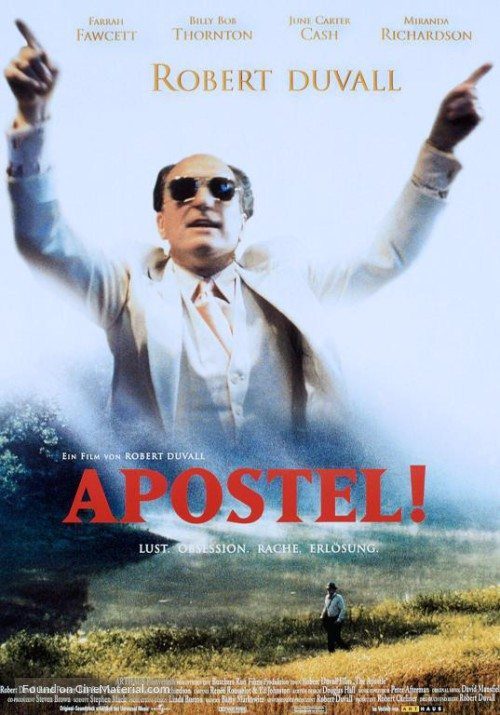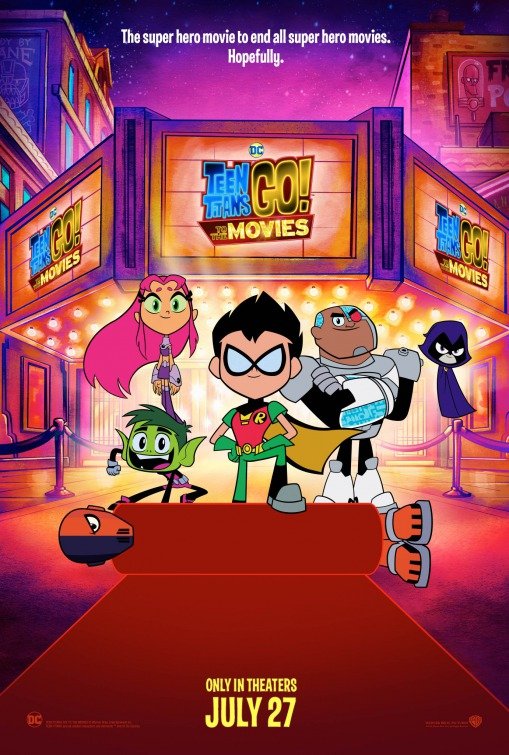"Gore as Nature Film"
| None | Light | Moderate | Heavy | |
|---|---|---|---|---|
| Language | ||||
| Violence | ||||
| Sex | ||||
| Nudity |
What You Need To Know:
The re-released movie WALKABOUT takes its title from the rites-of-passage that an aborigine boy in Australia has to undergo when he turns 16-years-old At this time in his life, he is sent out into the wilderness to survive for one year. The story starts with two children who escape their mad father when he tries to kill them. The father takes his life and blows up the car. Alone, the children try to find their way back to civilization. Almost dying of hunger, fatigue and dehydration, they stumble upon an aborigine boy. The three become friends, sharing food and friendship. The land become a paradise for them, but things turn when they stumble upon civilization.
WALKABOUT achieved a cult status during its time for its high artistic nature. Photographed magnificently, it is almost a surrealistic study of imagery through landscapes. Regrettably, this film is horrifying in its portrayal of violence. The film is littered with scenes showing dead animals with their insides spilling out There are also some implied situations of lewdness, and it is horrifying to realize that this film has been recommended as a children’s nature movie. Nothing could be further than the truth as WALKABOUT is nothing more than an indulgence in gore and cruel violence
Content:
(Pa, L, VVV, S, N, M) Pagan worldview depicting nature as the ruling force in one’s life; 2 vulgarities; plenty of gory violence involving killing of animals through spearing, shooting, pounding at them, & burning them, scenes of dead animals with their insides spilling out, aborigine boy eats dead animals, man shoots at his children & then at himself, man blows his car up, man’s body hangs on tree, & boy hangs himself; implied sexual & lewd situations; naturalistic female & male nudity; and, immorality
More Detail:
The film’s title, WALKABOUT, is taken from the rites-of-passage of an aborigine boy in Australia when he turns 16-years-old. At this age, the boy is sent out into the land to survive in whatever way he can for one year. Presumably, this makes him a man on his return.
Having introduced the concept of the walkabout, the film begins with a normal urban scene in Australia where a young girl (Jeny Augtter ) is in school taking voice lessons. The girl and her young brother (Lucien John) follow their geologist father one day into the outbacks. As she sets out the picnic cloth, their father suddenly shoots at them. The girl and her brother flee, even as their father shoots himself and blows up their car. Together, brother and sister must face the barren outbacks on their own as they try to find civilization again.
They climb precarious mountains, roll down sandy dunes, sleep on rocks at night, and try to keep their spirits up. Dehydration sets in, and weak from fatigue and hunger, they spot an oasis. Setting up home there, they drink and wash themselves, but the water dries up. Almost at the point of giving up, they spot the aborigine boy (David Gumphilil ) with a spear, a skimpy loincloth and a belt of lizards’ heads with flies buzzing around them in the midst of his walkabout. The three befriend each other.
He shows them how to suck water out of the ground and shares food with them after he spears his prey on land and in the water. Together, they stumble upon pools to swim in, and they even learn to communicate with each other. In the course of their journey, they stumble upon a deserted shack. They make a temporary home there, feasting on lush mangoes.
The aborigine boy goes out hunting for food, but while hunting, he comes across white hunters, who ruthlessly shoot down innocent animals. The boy is shaken, and he is not the same again. That night, he puts on his body paints and feathers and does a strange ritual dance. The next day, he makes a final statement about the cruelty of hunters to animals, even as the girl and her brother find a road that leads them back to civilization.
WALKABOUT gained fame as a cult movie in the 1970s, heralded for its originality and surrealistic imageries. The magnificent, imaginative photography places it among the world’s best shot movies. From one sweeping vista to another, the landscapes twists, turns and tempts. Trees flourish invitingly with juicy fruits, then turn into ominous branches of doom. In almost an hallucinatory fashion, Nicholas Roeg makes the wilderness a friend and then an enemy in the next second. Translucent pools of water in which the children merrily splash become thick muddy wastes when nature turns against them. As they plod through one vast terrain after another, snakes look evilly down on them, and lizards hiss with warning. Roeg contrasts these dangers with the total innocence of the children, as they talk to each other and try to find the way home.
Their friendship with the aborigine boy sparkles with the purity of childhood. Their nakedness, like Adam and Eve in the first garden, do not shame, nor tempt them. Their food, taken ruthlessly from the land, is for survival and not for pleasure nor profit. When Roeg leads them back to civilization, their world falls apart and so does their innocence. The story begins with violence, and ends with violence, and their fairy-tale adventure takes on the ugly grimness and reality of so-called civilization.
The violence in the film is horrifying. There are gory scenes including slicing open animals to show their insides spilling out. What is more disastrous and dangerous is that this film tries to pass itself off as a children’s nature film. It has even gotten the endorsement of a Parent magazine writer as evidenced by the blurbs at the beginning of the film. This, and it has to be stressed, is not a film for children. The violence is cruel, unnecessary and ugly. The film postulates that killing is all right if it is for survival, but all it shows is that there is no respect for life, even if survival is the end to the means.
Roeg holds a rapt fascination for violence, so he repeats the scene of the dead father several times and lets his camera stay for extended time on the process of killing animals. The message is clear that civilization is worse than natural instincts. This film is a personal testimony to Roeg’s own dark passions for the violent and the gory.
The film also contains lewd situations that, while not explicit, are sexual in nature and intent. It is not appropriate for children. It is a film where even its high art cannot save itself.
Now more than ever we’re bombarded by darkness in media, movies, and TV. Movieguide® has fought back for almost 40 years, working within Hollywood to propel uplifting and positive content. We’re proud to say we’ve collaborated with some of the top industry players to influence and redeem entertainment for Jesus. Still, the most influential person in Hollywood is you. The viewer.
What you listen to, watch, and read has power. Movieguide® wants to give you the resources to empower the good and the beautiful. But we can’t do it alone. We need your support.
You can make a difference with as little as $7. It takes only a moment. If you can, consider supporting our ministry with a monthly gift. Thank you.
Movieguide® is a 501c3 and all donations are tax deductible.

Now more than ever we’re bombarded by darkness in media, movies, and TV. Movieguide® has fought back for almost 40 years, working within Hollywood to propel uplifting and positive content. We’re proud to say we’ve collaborated with some of the top industry players to influence and redeem entertainment for Jesus. Still, the most influential person in Hollywood is you. The viewer.
What you listen to, watch, and read has power. Movieguide® wants to give you the resources to empower the good and the beautiful. But we can’t do it alone. We need your support.
You can make a difference with as little as $7. It takes only a moment. If you can, consider supporting our ministry with a monthly gift. Thank you.
Movieguide® is a 501c3 and all donations are tax deductible.




 - Content:
- Content: 


 - Content:
- Content: 
